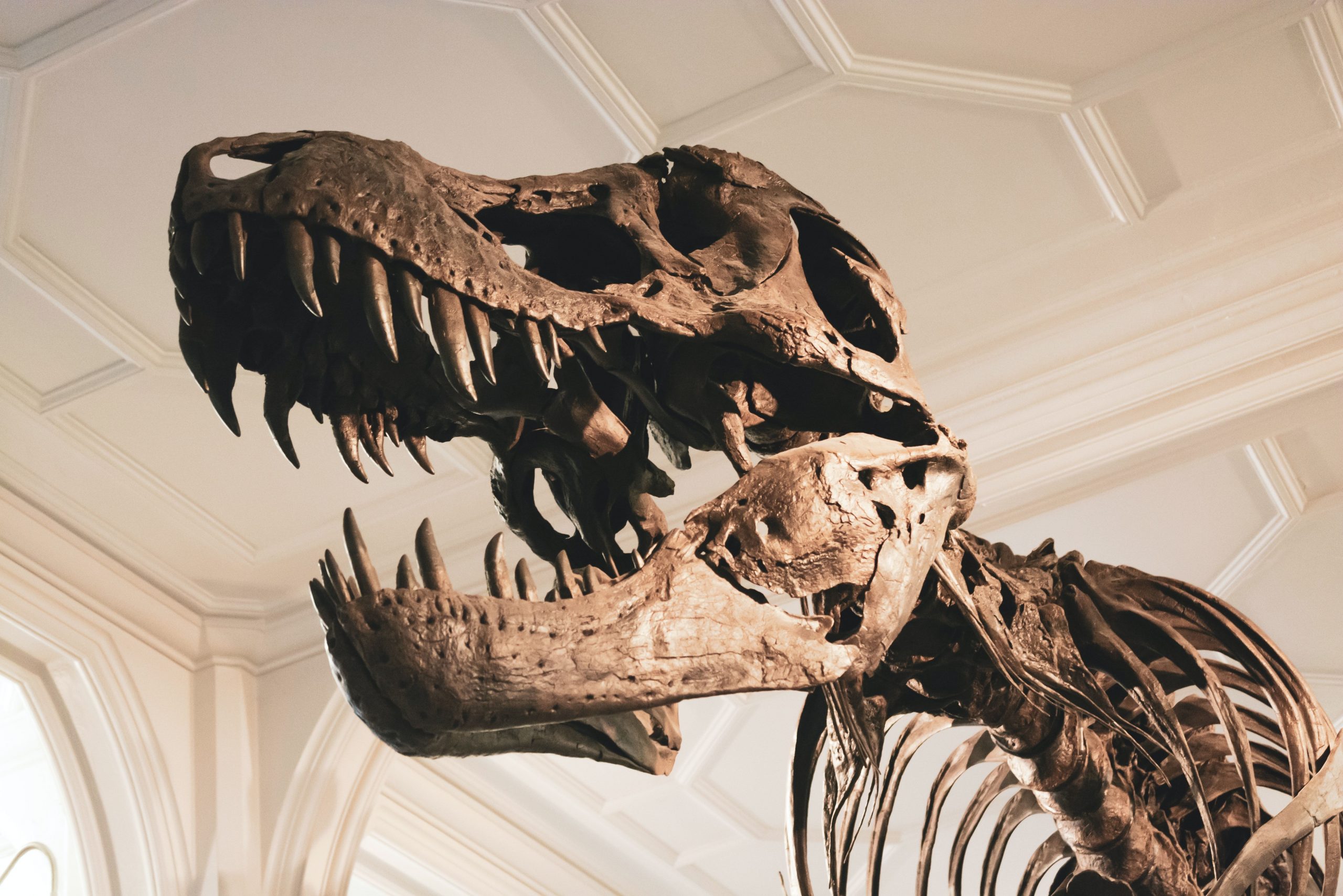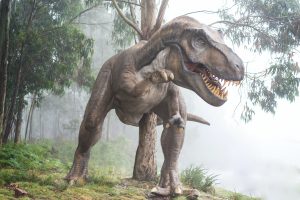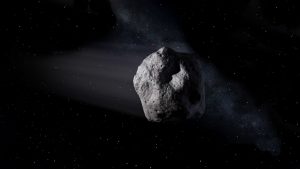A previously unknown fossil of a newborn dinosaur coiled up perfectly inside its egg has shed some more light on the dinosaur-bird relationship. The embryonic skeleton of an oviraptorid dinosaur is preserved in the 70-million-year-old fossil, which has been dubbed Baby Yingliang after the Chinese museum that houses it.
According to Darla Zelenitsky, an associate professor in the department of geoscience at the University of Calgary in Canada, baby dinosaur bones are small and brittle, and they are only very seldom preserved as fossils.
“It is an amazing specimen … I have been working on dinosaur eggs for 25 years and have yet to see anything like it,” Zelenitsky, a coauthor of the research that published in the journal iScience on Tuesday, told CNN.
“Up until now, little has been known of what was going on inside a dinosaur’s egg prior to hatching, as there are so few embryonic skeletons, particularly those that are complete and preserved in a life pose,” she said.
The dinosaur was estimated to be 27 centimetres (11 inches) long from head to tail, while the egg was roughly 17 centimetres (7 inches) long. If it had lived to adulthood, the experts reckon it would have been roughly two to three metres long.
Also Read | Scientists find oldest human footprints in North America
The placements of Baby Yingliang and other previously discovered oviraptorid embryos were analysed by researchers from China, the United Kingdom, and Canada. They came to the conclusion that the dinosaurs moved and changed positions before hatching in the same way that newborn birds do.
Such motions are linked to a habit called tucking in modern birds, which is controlled by the central nervous system and essential for hatching success.
“Most known non-avian dinosaur embryos are incomplete with skeletons disarticulated (bones separated at the joints),” said Waisum Ma, the lead author of the study and a researcher at the University of Birmingham, UK, in a statement.
“We were surprised to see this embryo beautifully preserved inside a dinosaur egg, lying in a bird-like posture. This posture had not been recognized in non-avian dinosaurs before.”
All birds are descended from theropods, a group of two-legged dinosaurs that includes the colossal Tyrannosaurus rex and the smaller velociraptors.
Also Read | New clue in human evolution mystery found in Philippines
Modern birds have inherited a variety of behaviours from their dinosaur forebears, including pre-hatching activity. According to Zelenitsky, the same kind of dinosaurs are known to have sat on top of their eggs to incubate them in a manner similar to birds.
The fossil was discovered in China’s Jiangxi province and purchased in 2000 by Liang Liu, a director of the Yingliang Group, a Chinese stone company. It was mostly forgotten until museum personnel combed through the crates and uncovered the fossil during the construction of the Yingliang Stone Nature History Museum some ten years later. The corporation contributes to the museum’s operation.




